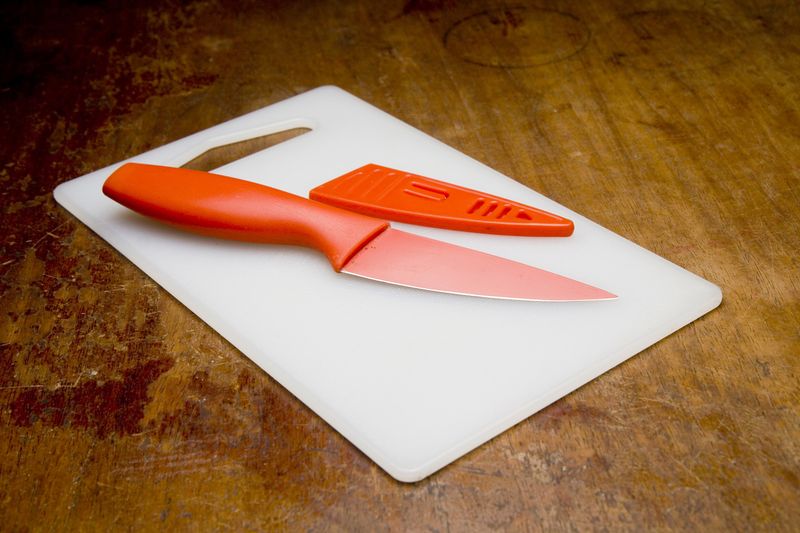Jakarta –
Plastic cutting boards are still used by many people. Even though it is durable and looks practical to maintain, be careful when using it because plastic cutting boards can have a bad effect on your health.
Apart from wooden cutting boards, plastic cutting boards are widely used because they are easy to get, cheap and practical to maintain. However, this type of cutting board also has weaknesses related to health risks.
Quote Petit Chef (11/13/2024), plastic cutting boards are at risk of becoming a breeding ground for pathogenic bacteria such as E. coli and Salmonella. Especially when the cutting board is scratched, the spread of bacteria will be easier.
ADVERTISEMENT
SCROLL TO CONTINUE WITH CONTENT
Food residue that gets into the crevices of scratched plastic cutting boards creates an ideal environment for bacterial growth. Even after cleaning a cutting board, bacteria may not be completely removed. As a result, the risk of cross-contamination and food poisoning remains.
Apart from the danger of exposure to bacteria, plastic cutting boards are also dangerous from several sides, including:
1. Exposure to microplastics
If used too long, plastic cutting boards are dangerous. Because there is a possibility that small plastic particles, aka microplastics, will enter the food.
Microplastics that cannot biodegrade naturally have the potential to cause gastrointestinal disorders or inflammatory reactions if ingested. Although scientific research into the dangers of microplastics is still ongoing, concerns about the potential long-term effects of microplastic contamination continue to increase.
2. Release of dangerous chemicals
 Photo: Getty Images/iStockphoto/Drbouz Photo: Getty Images/iStockphoto/Drbouz |
Additionally, plastic cutting boards may be made from unsafe or low-quality materials that can release harmful chemicals, such as bisphenol A and phthalates. These substances are known to harm health, especially the hormonal system.
This condition gets worse when plastic cutting boards are exposed to high temperatures, such as when washed in very hot water or used as a base for hot food. The release of dangerous substances can also increase.
3. Tends to be more difficult to clean
Wooden cutting boards have natural antibacterial properties from the wood used. However, this is different from plastic cutting boards, which are ideal as a place for bacteria and food residue to accumulate on scratched surfaces.
Even if you have cleaned it, a plastic cutting board is not necessarily completely clean so it is better to replace it periodically. Avoid using this type of cutting board for too long.
4. How to clean plastic cutting boards
 Photo: Getty Images/rami_ba Photo: Getty Images/rami_ba |
Quote The Kitchen (18/9/2020), there are several effective materials and methods for cleaning plastic cutting boards. One of them uses a combination of baking soda, salt, vinegar and hydrogen peroxide.
To do this, soak a plastic cutting board in a white vinegar solution or spray it with a 3% hydrogen peroxide solution. Leave it for at least 5 minutes before washing again with soap and water. Then prepare a paste from a mixture of baking soda, salt and water to scrub the surface of the plastic cutting board. The composition can be 1:1:1.
(adr/odi)






